UNESCO World Heritage


UNESCO World Heritage
Korea's World Heritage
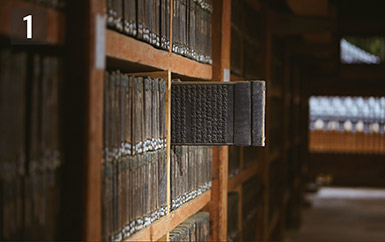
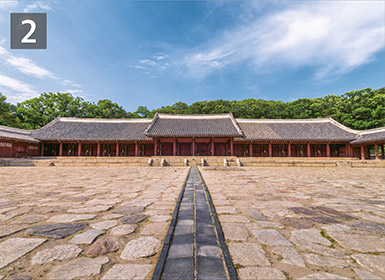
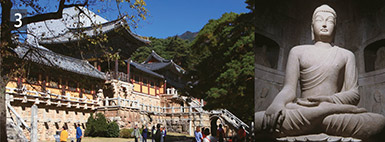
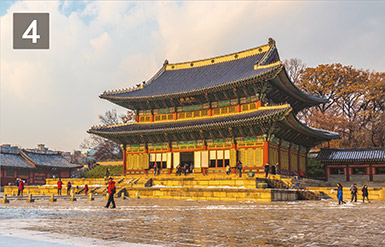

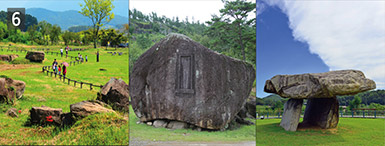
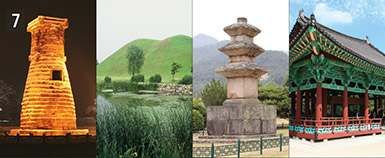
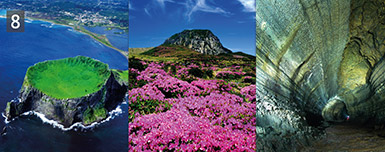
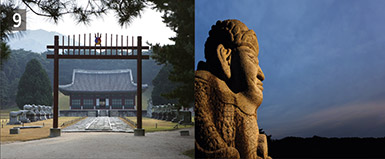
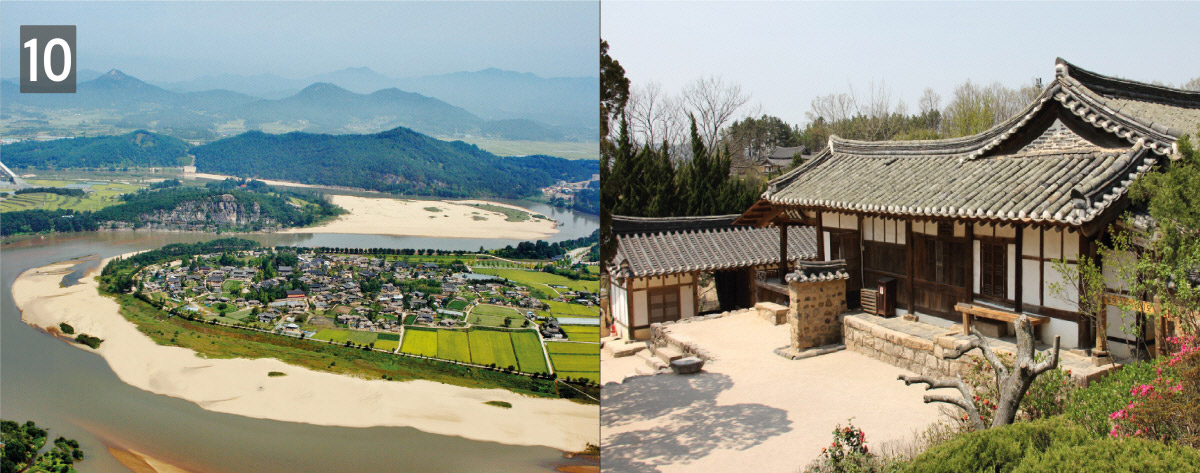
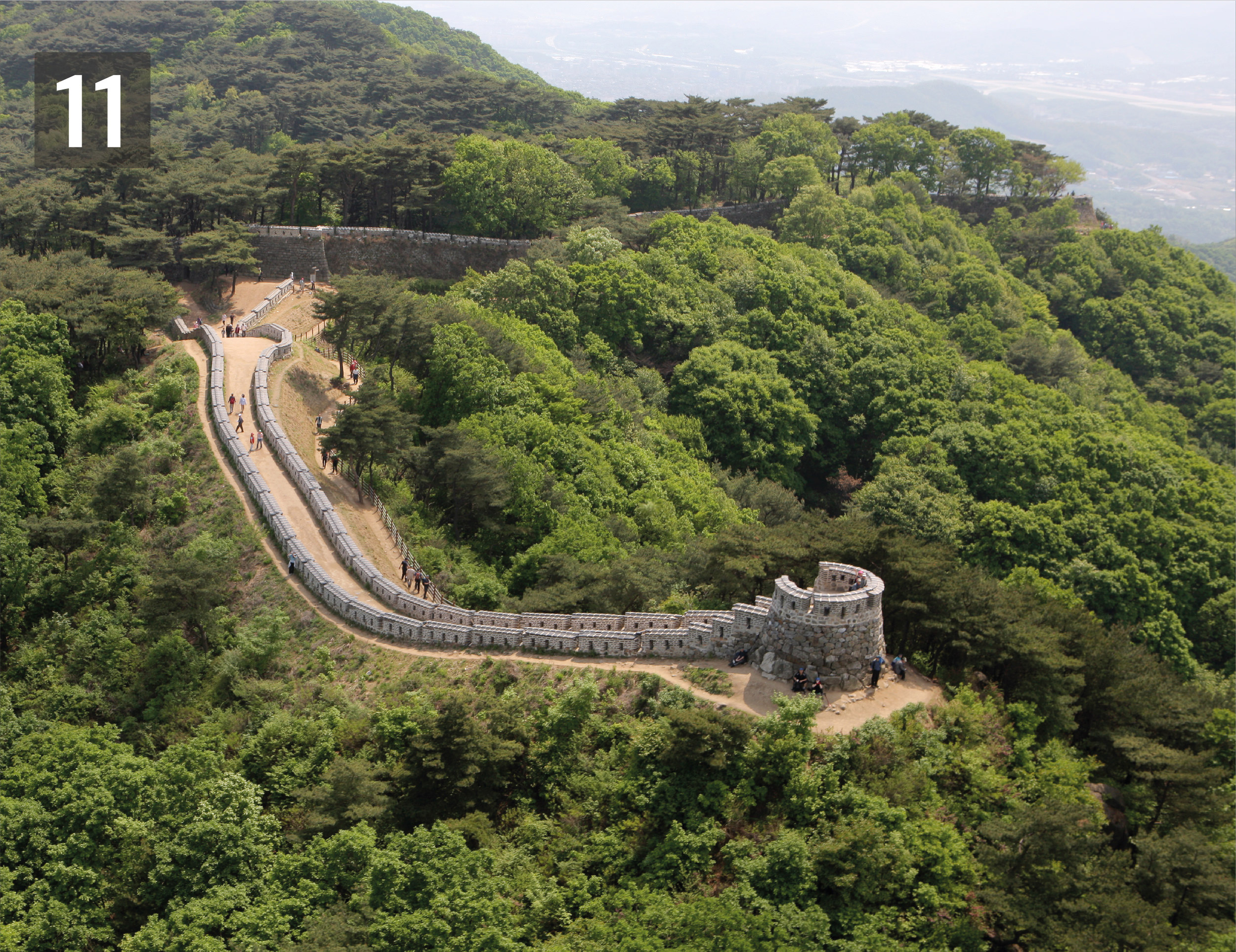
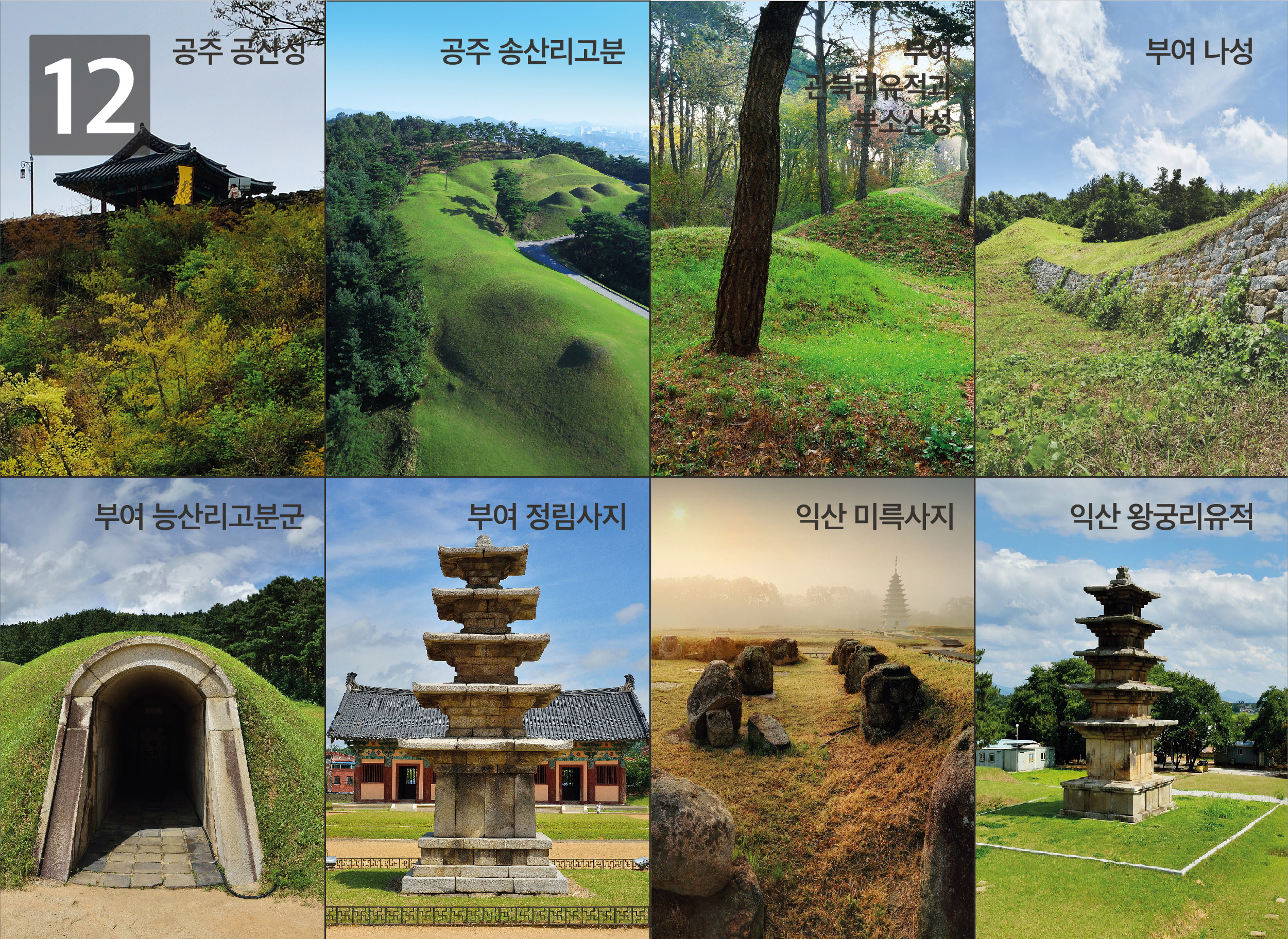

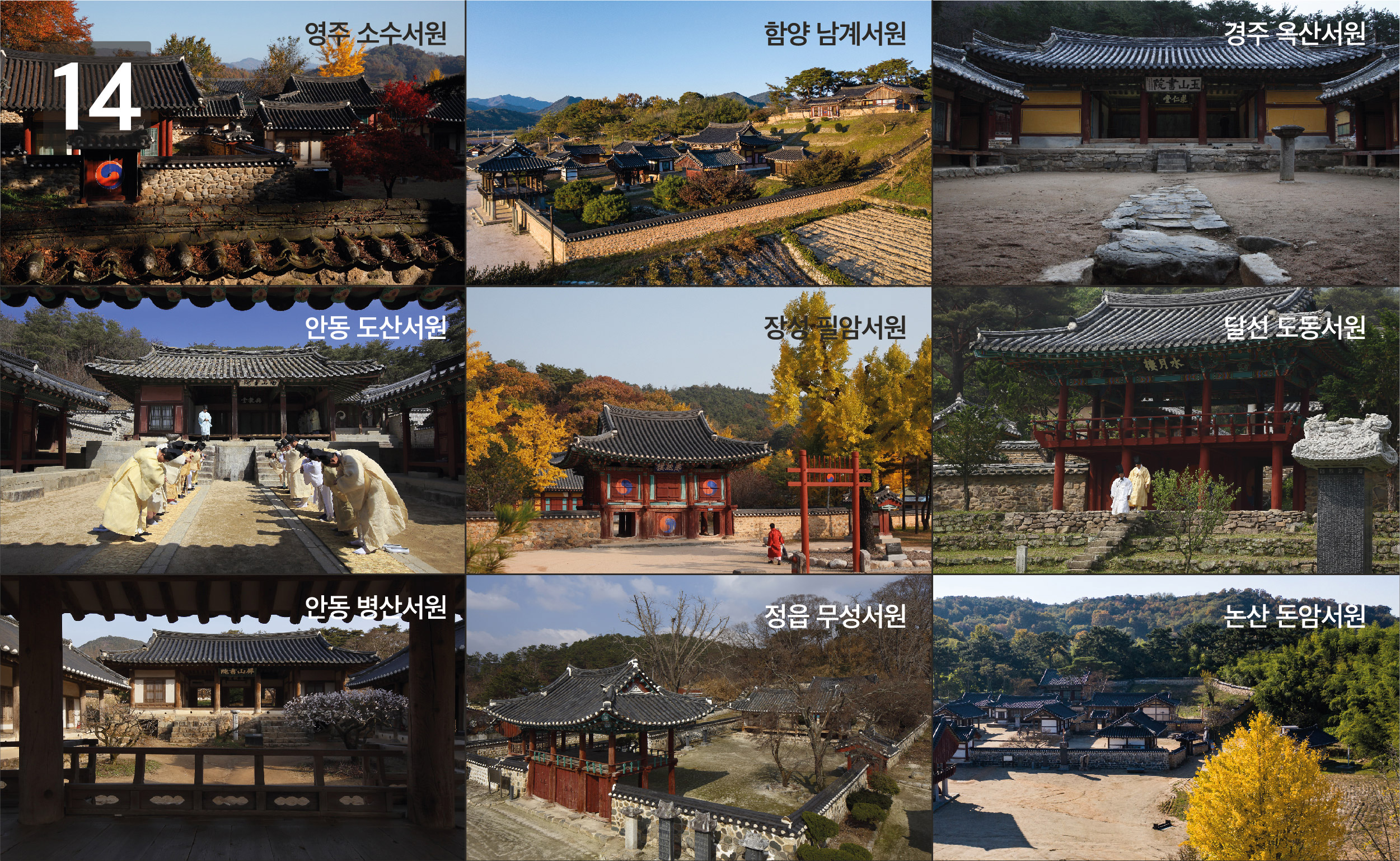
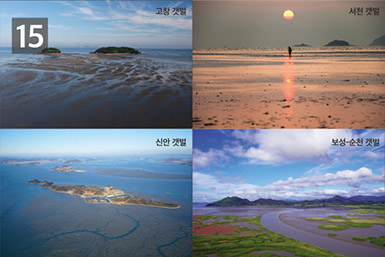 You can check the contents by clicking on the icon.
You can check the contents by clicking on the icon.
World Heritage Status List
List
- 1995 – Tripitaka Koreana of Heinsa Temple, Jongmyo, Seokguram, Bulguksa Temple
- 1997 – Changdeokgung Palace, Suwon Hwaseong
- 2000 – Gochang·Hwasun·Ganghwa Dolmen Sites, Gyeongju Historic District
- 2007 – Jeju Volcanic Island and Lava Tubes
- 2009 – Joseon Royal Tombs
- 2010 – Korean Historic Villages: Hahoe and Yangdong villages
- 2014 – Namhansanseong Fortress
- 2015 – Baekje Historic District
- 2018 – Sansa, Korean Mountain Monastery
- 2019 – Korean Seowon
- 2021 - Mudflats in Korea
Total 15 items, including 13 cultural and 2 natural heritages, have been listed.
Gochang-gun became the first local government in Korea to have both cultural and natural heritages, as Gochang, Hwasun, and Ganghwa Dolmen Sites were listed as cultural heritage in 2000, and mud flats in Korea were registered as natural heritage in 2021.

Haeinsa Tripitaka Panjeonlisted in 1995

Jongmyolisted in 1995

Seokguram, Bulguksa Templelisted in 1995

Changdeokgung Palacelisted in 1995

Suwon Hwaseong Fortresslisted in 1997

Gochang·Hwasun·Ganghwa Dolmen Arealisted in 2000

Gyeongju Historic Districtlisted in 2000

Jeju Volcanic Island and Lava Tubeslisted in 2008

Royal Tombs of Joseonlisted in 2009

Korean Historical Villagelisted in 2010

Namhansanseonglisted in 2014

Baekje Historical Relics sitelisted in 2015

Sansa, Mountain Monasteries in Korealisted in 2018

Seowon in Korealisted in 2019

Mud flats in Korealisted in 2021